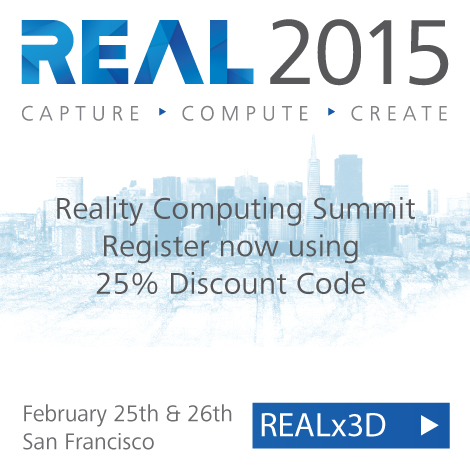Based in the heartland of America’s car production industry, Dearborn Mid-West has established itself as an authority in the design, integration and installation of complex material handling systems to the automotive industry since 1947.
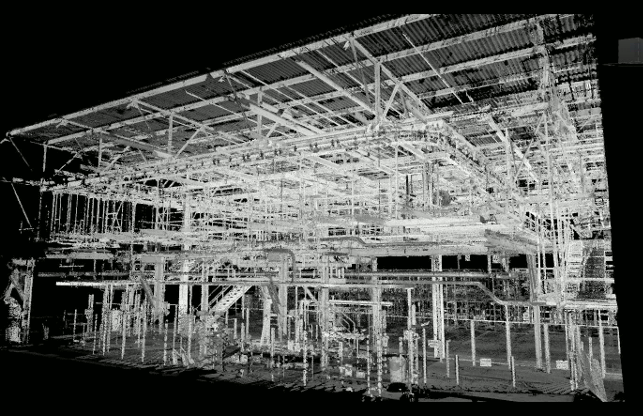
One Faro Focus 3D 120, eight hours and 100 scans later
With such a rich history in innovation, the company is always looking for methods to not only reduce the cost and errors associated with its work, but also the time taken to get up and running.
Until 2012, Dearborn Mid-West had been using traditional measurement techniques when surveying customers’ existing facilities where its material handling equipment was to be installed.
As Chris Hahn, projects engineering manager at Dearborn Mid-West explains, “Most of our work is going into existing plants. Before we adopted reality computing two or three years ago, we’d typically go out with a tape and a laser plumb bob, a couple of guys and get the location of these things.”
Realising that the company could change the way it works, Dearborn Mid-West began to collaborate with 3D Laser Advantage, a consultancy that specialises in this type of work.
A recent project for a major automotive OEM saw 3D Laser Advantage brought in to capture the as-built form of a factory prior to Dearborn Mid-West beginning the design work of a conveyor system that would move materials through the assembly process.
The goal was to capture the as-built form of the automotive plant, then to integrate the captured data into its already established processes and workflows, built on Autodesk’s Factory Design Suite.
To achieve this, 3D Laser Advantage’s co-founder, Steve Schuchard, was contracted to carry out the scan and prepare the data for Dearborn Mid-West to use as a key reference for its design and simulation work.
As Schuchard explains, laser scanning in this environment can throw up some challenges, “We did not use any targets during this project. We captured around 100 scans in eight hours and we stitched this together in Autodesk Recap.
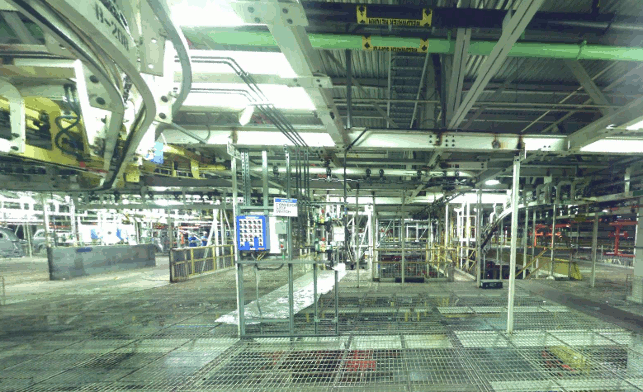
The space from the process floor to the overhead conveyance system. You can see how complex the scanning task is, particularly with the mesh in place
“We used just one scanner (a Faro Focus 3D 120) without any targets. In spaces like this, where you have the screen guards (like a wire mesh), that makes scanning a little more complex from a registration perspective, so you have a few special procedures to make it work.”
Once the data is captured, Schuchard’s team goes to work to prepare it for use by its customers. This work can range from the expected process of registering separate scans together, through to ensuring that it is ready for integration into its own softwarebased processes.
As Dearborn Mid-West is a user of Autodesk Factory Design Suite, Schuchard’s team worked to ensure that not only was the point data in a fit state, but that it could be seamlessly slotted into the already diverse set of data, ranging from 2D layouts and plans, 3D models and timeline-based assets.
As Hahn explains, “Most of our work is still in 2D. We’re moving into modelling the equipment in 3D but, even without that, the scanning gives us the ability to put the data into a layout very easily so it’s going to be more valuable when we get to 3D.
“With ReCap’s ability to section out areas of a plant, we can easily get elevation views, section views and plan views off that point data. Then overlay it right into our 2D work — it’s very easy and seamless to do.”
Measureable improvements
Hahn has seen an immediate benefit of replacing the company’s traditional processes with a reality capture led approach.
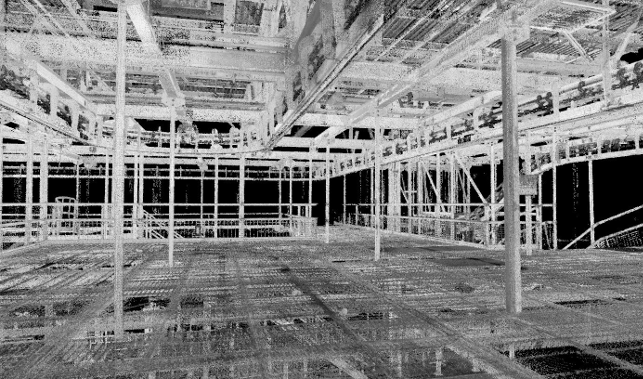
Space above the process floor near the ceiling — point cloud shown in Navisworks
“Generally, it seems to be about 50 to75% of the time we’d normally spend just recording the information,” he says. “Then there’s also time on top of that, once we’ve got these sketches from locations, we still have to interpret and record the information.
“I see a lot of value in reality capture. Just in the fact that the scan is a record of the real world rather than the ideal CAD layout.
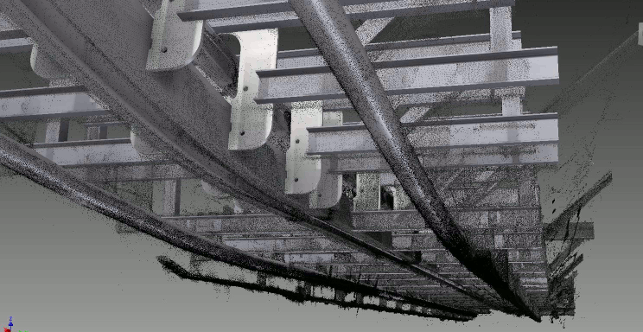
Conveyor vertical curve is reverse engineered for component replacement, shown in Inventor
“Reality capture helps us stay ahead of our competitors in terms of the rankings we get from customers.
“The cost of any change orders can rack up pretty quickly so it’s easier to justify the cost of the scanning activities.”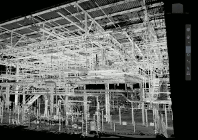
Reality capture helps Dearborn Mid-West stay ahead of their competitors
[sponsored content]
Default


